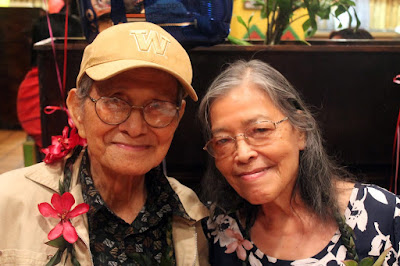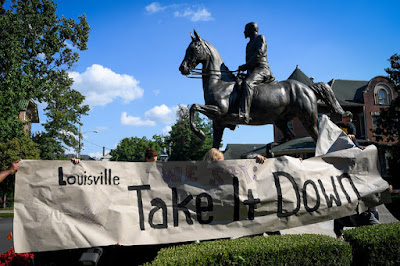Oh Catalonia!

It is common in Guam to feel very alone in terms of decolonization. History books and political commentators tend to argue that the age of decolonization is over. It happened in the 1960s or 1970s, and that those who remain colonized missed the boat. They missed the decolonial sakman and are therefore stuck, in whatever political status they have. It is an intriguing way of justifying the status quo. A way of arguing that the current world order or framework isn't simply something that has happened. But rather the end. Teleological or evolutionary, but ultimately that an apex is reached and there can't be any further reconfiguration of power or reality. In the 1980s this notion was called "The End of History" after Francis Fukuyama. It wasn't real or true, but it felt authentic, in the same way each epoch achieves a certain character or feeling of self-realization. We have seen History continue marching on. And those who still have claims




